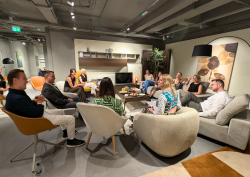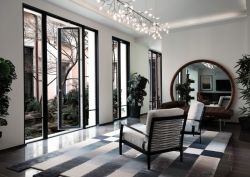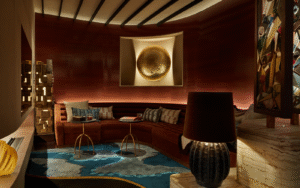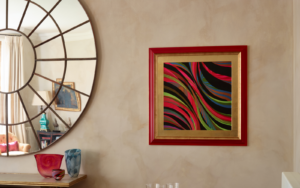In the second article in an exclusive ‘wellness series’ with Hotel Designs, interior designer Wren Loucks, CEO and Creative Director of Be-kin, explores the role of touch and tactility when creating more meaningful and textured hospitality spaces…
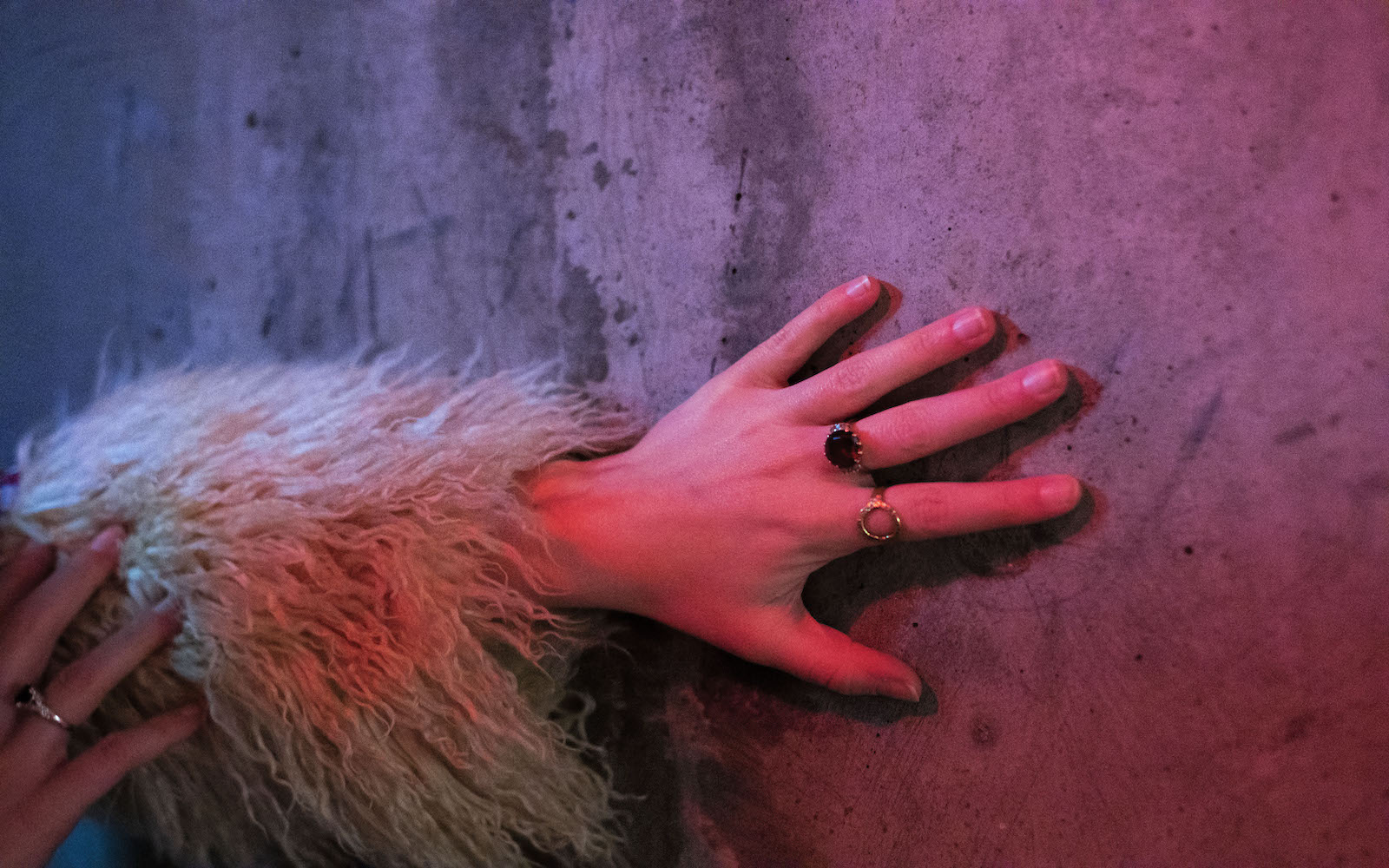
When I walk into a space, as well as opening my ears, I like to run my hands over the walls and countertops, to rub the curtain fabric, slip my finger over the contours of objects, and take off my shoes – I prefer to walk barefoot inside, so I can take in each nuance of the floor.
In doing so, I have a sensory rich experience. I learn more about my own sensory preferences, such as how certain materials make me feel – connecting physically to environments is also grounding.
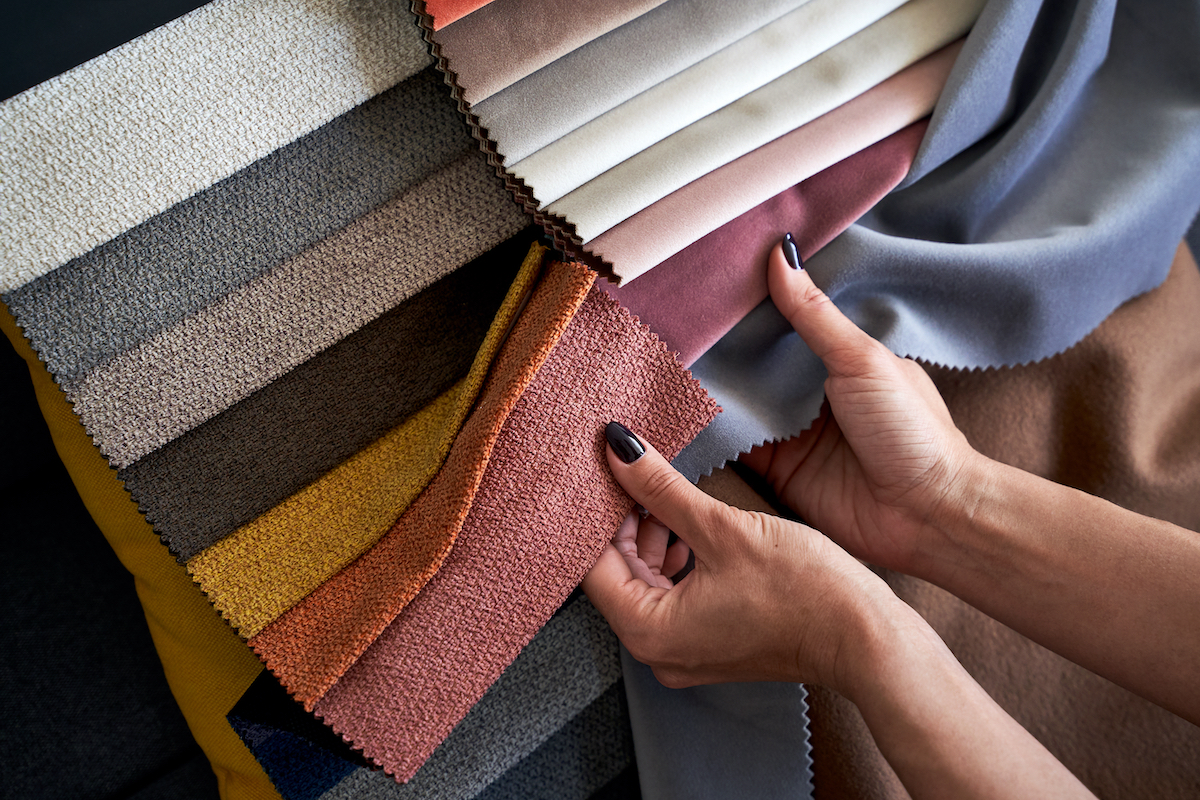
Image credit: Be-kin
“Our own fingertips are among nature’s most sensitive touch organs. They allow us to weld tools with fine precision, to read patterns of raised dots when our vision is impaired, and to control screens with taps, swipes, and touches. Their sensitivity depends on mechanoreceptors—cells that respond to light tactile stimulation.” (An Immense World, by Ed Yong).
How the brain reacts to touch
When we touch something, it sends sensorial information to a region of the brain called the somatosensory cortex. It then connects the information to other regions of the brain, to process the sensory information. For those with visual impairments, this information is particularly important – tactile paving, braille and the use of different materials can help immensely with wayfinding.
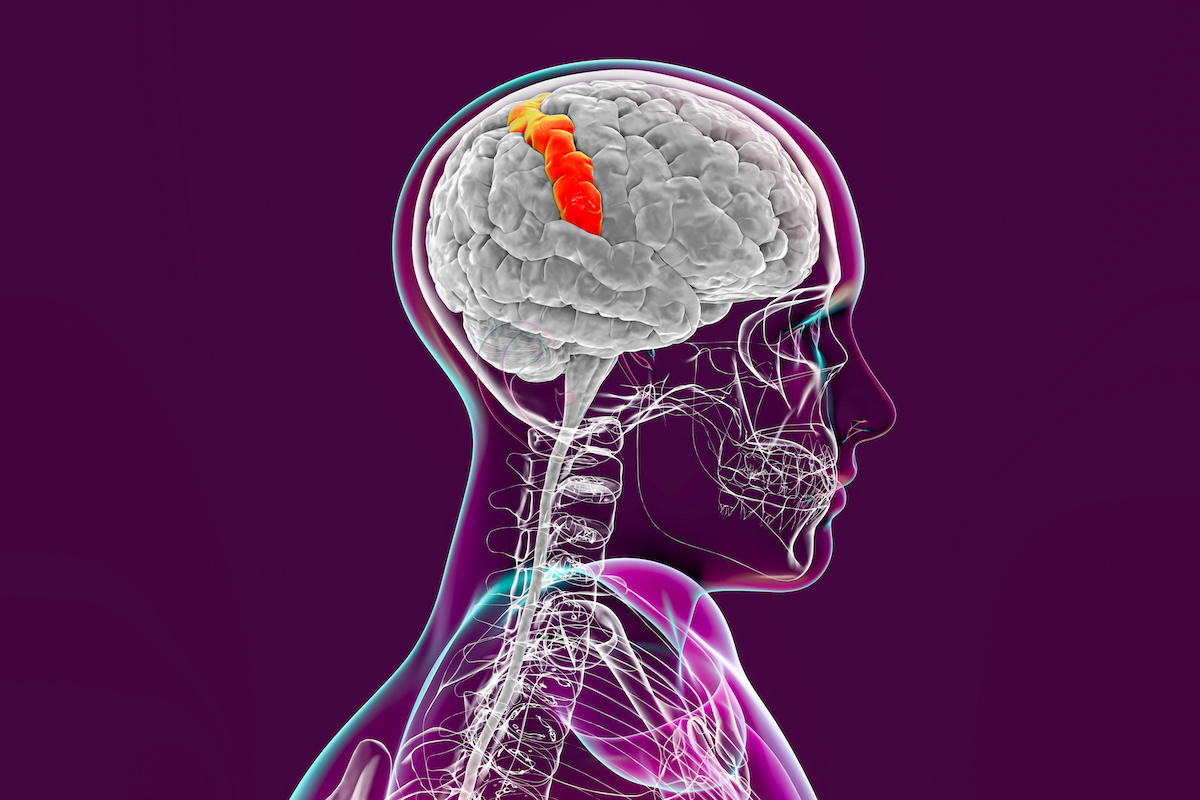
Image credit: Be-kin
Touch is an incredible source of intelligence. Therefore, I feel upset when I hear of design studios converting their sample libraries into digital libraries. Think about what information is lost when we deprive our senses of tactile information. The argument for a digital sample library is often that the studio has too many samples to keep, and that its better for the environment not to have physical samples—so then why not be more intentional about what materials you work with? Have stricter procurement strategies. Have less, but create richer, multi-sensorial design experiences.
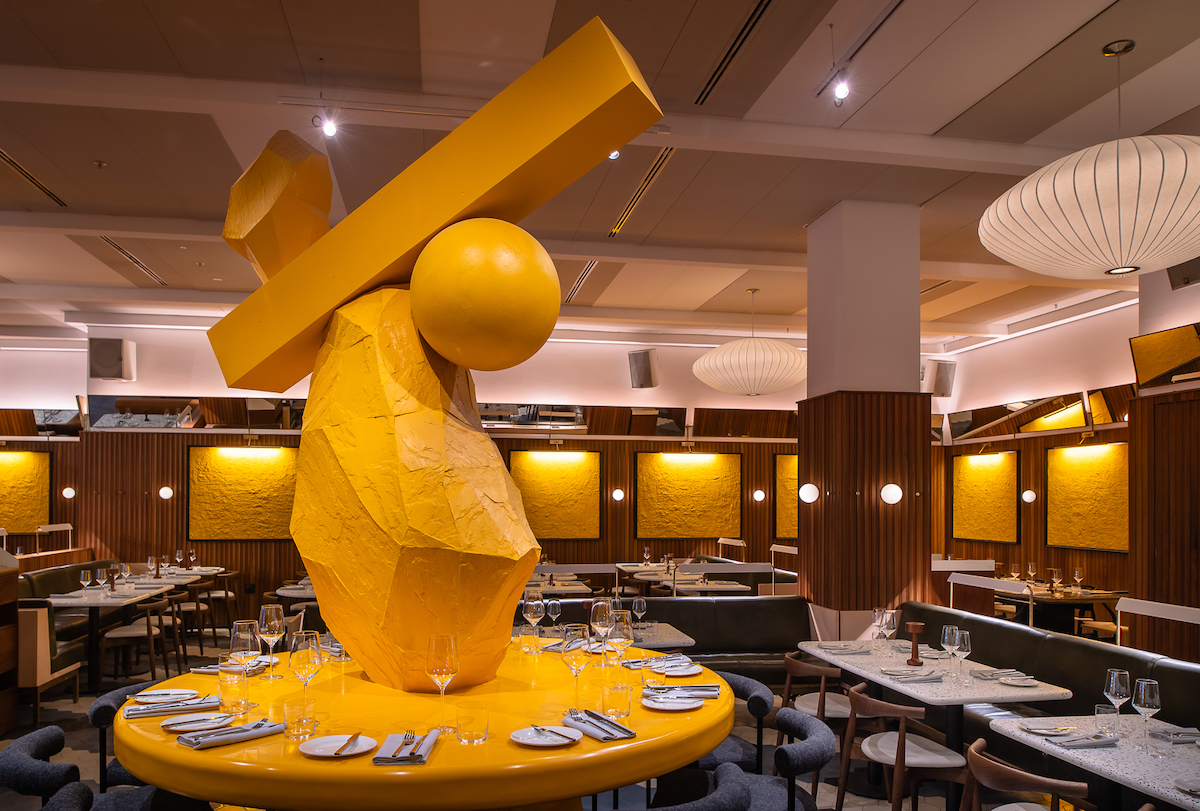
Image credit: The art inside One Hundred Shoreditch has been designed so that vistors can touch the sand-like grains. | Image credit: Lore Group
Designing spaces to touch
I love creating spaces with a variety of different textures, which align to my clients’ preferences.
I think about:
- Rough vs. soft materials (e.g., hessian vs. silk)
- Cool vs. warming materials (e.g., concrete vs. wool)
- Raised vs. smooth (e.g. tadelakt vs. lacquered walls)
Indoor plants are another wonderful way to introduce texture and can be incredibly supportive to mental wellbeing. Caressing plants can help manage PTSD and anxiety.
Describing a military veteran who shares how touching plants helped him manage PTSD, Samantha Walton wrote in Everybody Needs Beauty: In Search of the Nature Cure: “His own hands shake as he demonstrates a technique that he found helpful for coping with dissociative episodes. Holding a leaf between his fingers, he traces its web of veins, holding It up to the light to see the delicate matrix of green and yellow revealed by the sun,” she said. “It is an exercise in paying attention, in becoming conscious of life beyond our own that carries on its processes of creation and destruction regardless, an in his most desperate states he found it both comforting and captivating.”
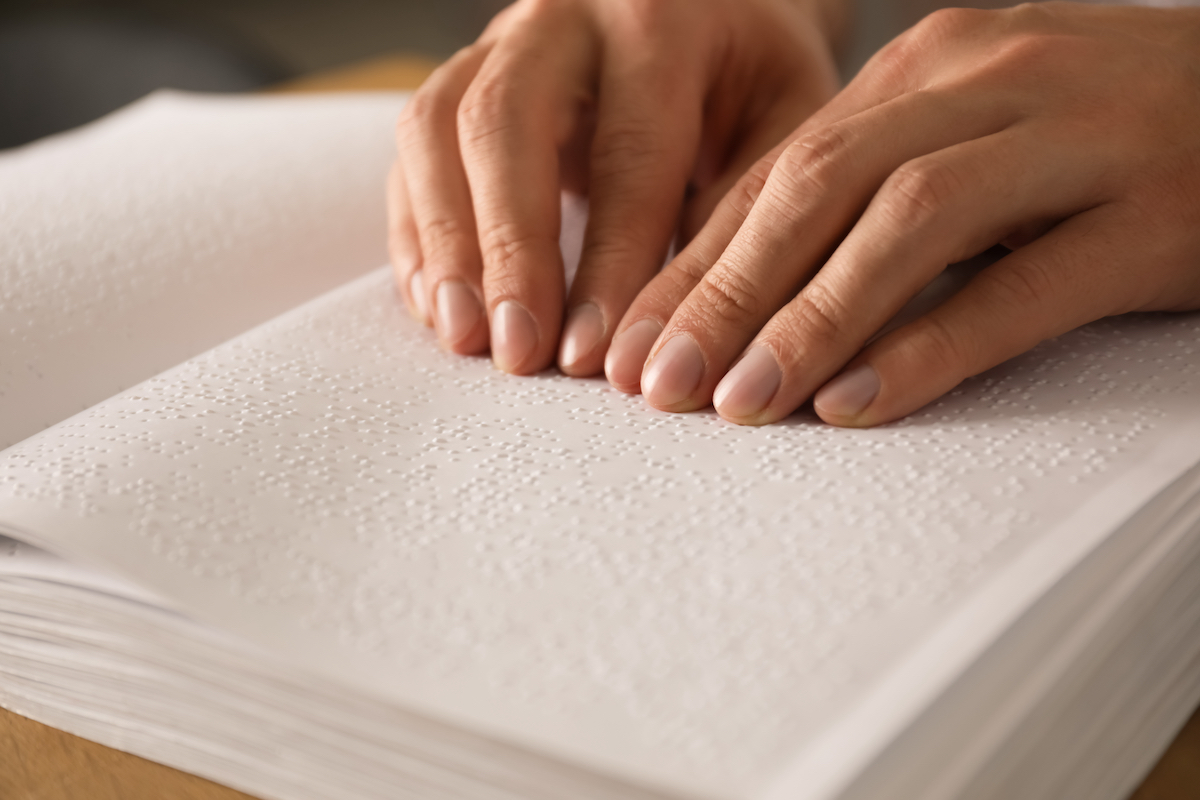
Image credit: Be-kin
As our world speeds up through new technologies, AI, and more pressure to be engaged with the metaverse, more than ever do we need to create sensory rich, tactile environments, to ground us and help offset anxiety. Each one of us will have our own tactile preferences, which are built up over a lifetime of memories and associations with different materials. Your wardrobe and the type of bed linen you buy, is a good clue into your instinctive preferences. Spend time exploring this, remain curious, and have fun with it.
Main image credit: Be-kin






